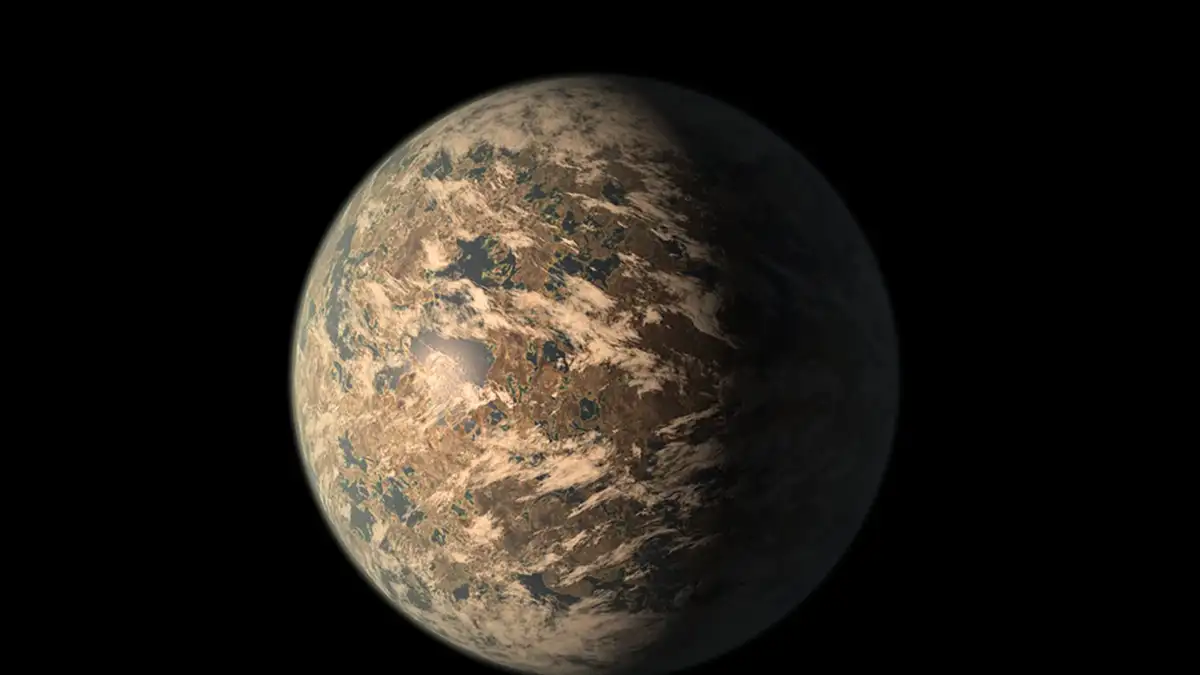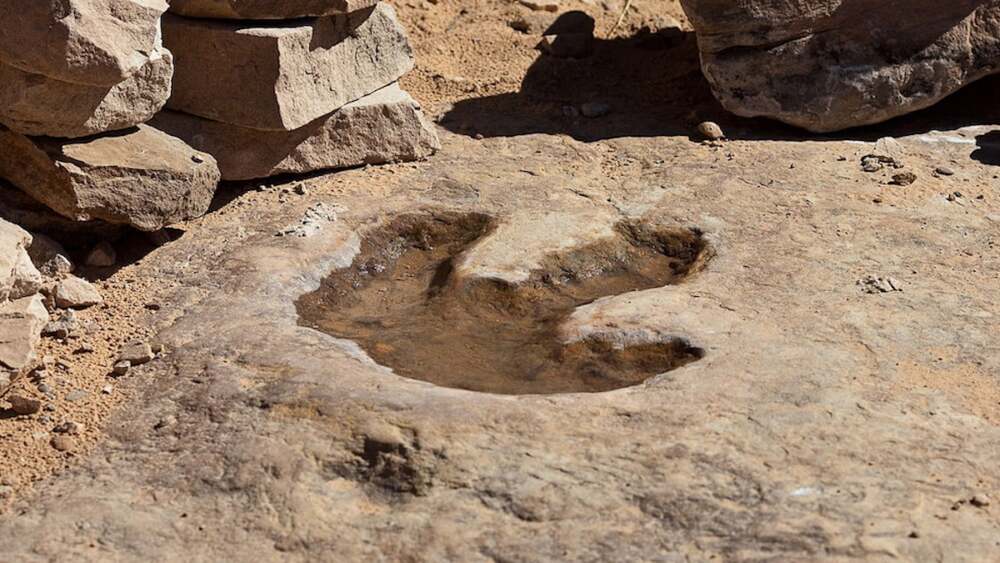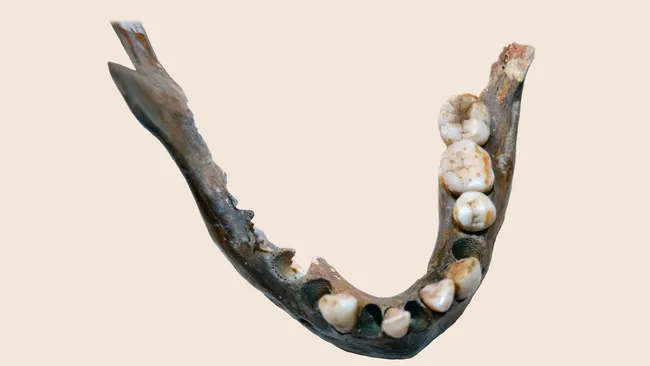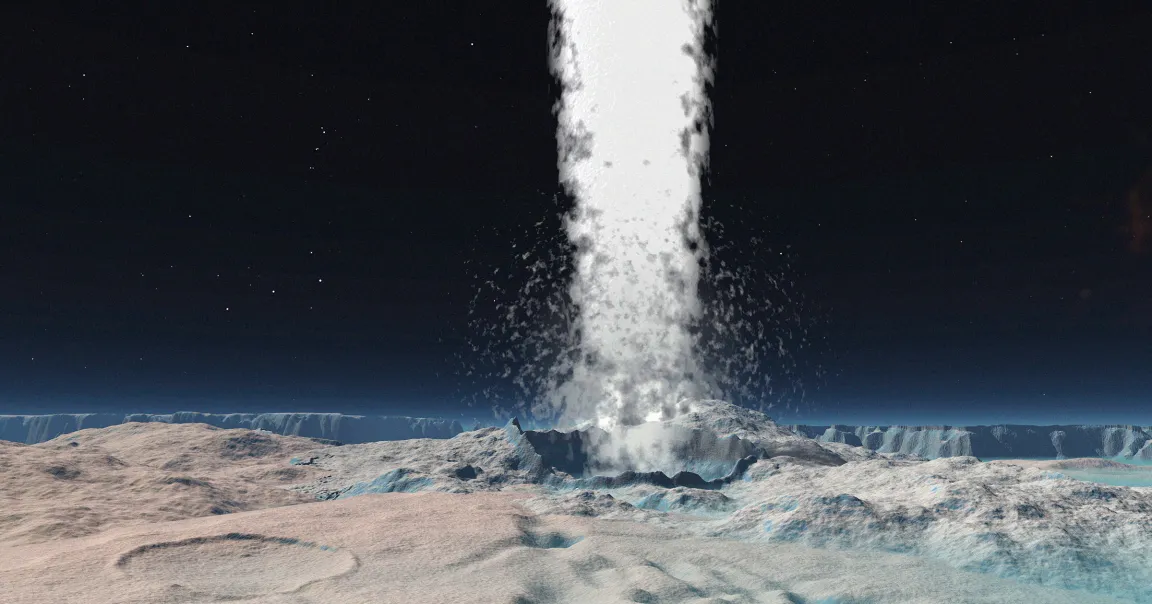Astronomers have announced a breakthrough discovery in the study of TRAPPIST-1e, a rocky planet orbiting a small red dwarf star just 40 light-years away. Using data from the James Webb Space Telescope, scientists have detected strong indications that this exoplanet may possess an atmosphere similar to Earth’s — raising hopes that it could support conditions favorable for life.
A Planet of Great Interest
TRAPPIST-1e has long been considered one of the most promising worlds beyond our solar system. Slightly smaller than Earth, it lies in its star’s habitable zone, where temperatures might allow liquid water to exist on the surface. Until now, however, there has been no clear evidence to confirm whether the planet has an atmosphere capable of sustaining life.
What the Data Show
The latest observations suggest that TRAPPIST-1e’s atmosphere contains elements consistent with nitrogen, carbon dioxide, and possibly even oxygen. These gases are critical to maintaining surface temperatures and shielding a planet from harmful stellar radiation. The balance of these compounds is strikingly similar to Earth’s, making TRAPPIST-1e one of the best candidates yet for potential habitability.
Implications for Life Beyond Earth
If confirmed, this finding would represent the strongest evidence so far that planets outside our solar system may host conditions suitable for life. Scientists caution that the discovery does not prove life exists on TRAPPIST-1e, but the presence of an atmosphere with Earth-like chemistry significantly increases the odds. Future studies will focus on searching for “biosignatures” — gases or chemical patterns that cannot be explained without biological processes.
















Leave a Reply